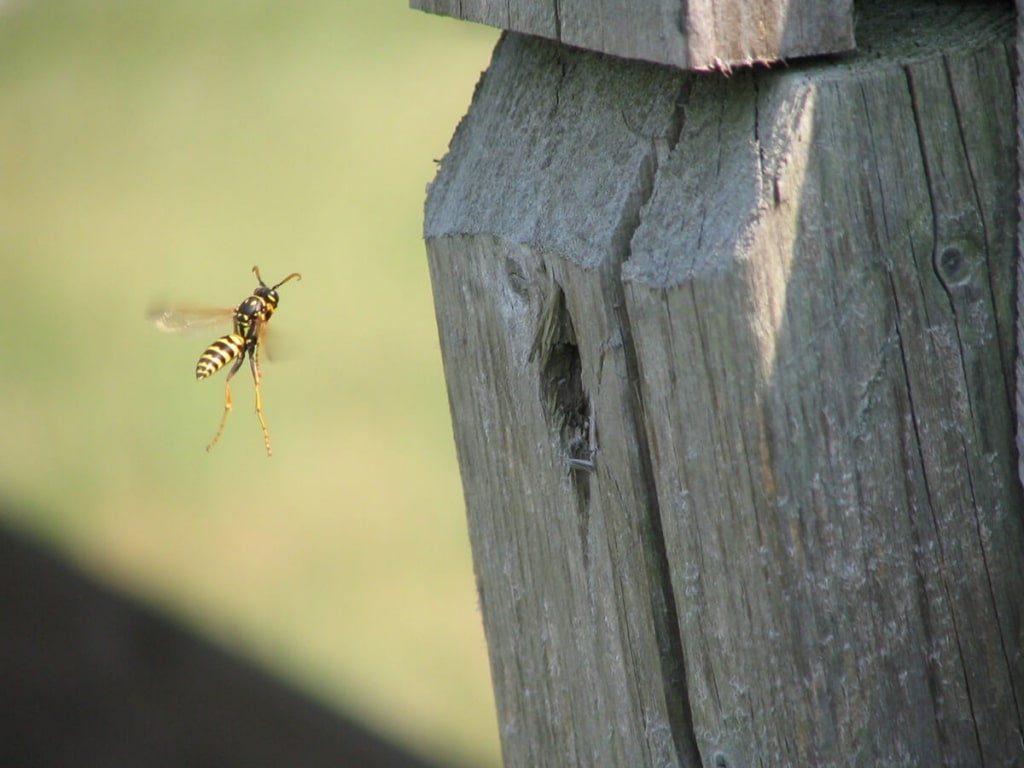How to keep wasps away from your home?
Wasps, hornets and yellowjackets are far more dangerous and unpredictable than bees, delivering a nasty sting when provoked (in some cases, repeatedly). Summertime is the peak season for these aggressive insects, making their nests in the ground, on the underside of trees and decks, and inside dumpsters.

Keep food sources inside your home
Yellowjackets love protein, so after your BBQ or backyard picnic, be sure to bring all your leftover food indoors. The same rules apply to pet food. If you have to leave your pet’s food outside, try and find effective ways to properly store it, so yellowjackets can’t get the food.
Don’t leave sugar outside
During the spring and summer months, yellowjackets usually eat protein; however, as fall approaches, they will normally include sugar into their diet. So, it is important to bring all your sweets and sodas indoors. Similarly, don’t leave bird feeders—especially sugar-water dispensers—outside until you have completely eliminated all the wasps around your home.
Seal up your garbage
Wasps have a tendency to scavenge around open waste bins and compost. Keep all trash cans and garbage bins locked up or tightly secured and cleaned, ensuring not to leave any food scraps around for wasps to get at.
Block off any access to your home
Awnings and loose siding are the perfect places for wasps to make a nest. To avoid a potential infestation, properly seal off these areas, making sure there are no open spaces on the outside of your home.
Hang up a crumpled brown paper bag
Wasps are very territorial and will avoid a home if they suspect there is already a nest in place. Hanging up a crumpled brown paper bag and attaching it above your doors will create the impression of a wasp nest that will hopefully discourage them from setting up shop at your home.


